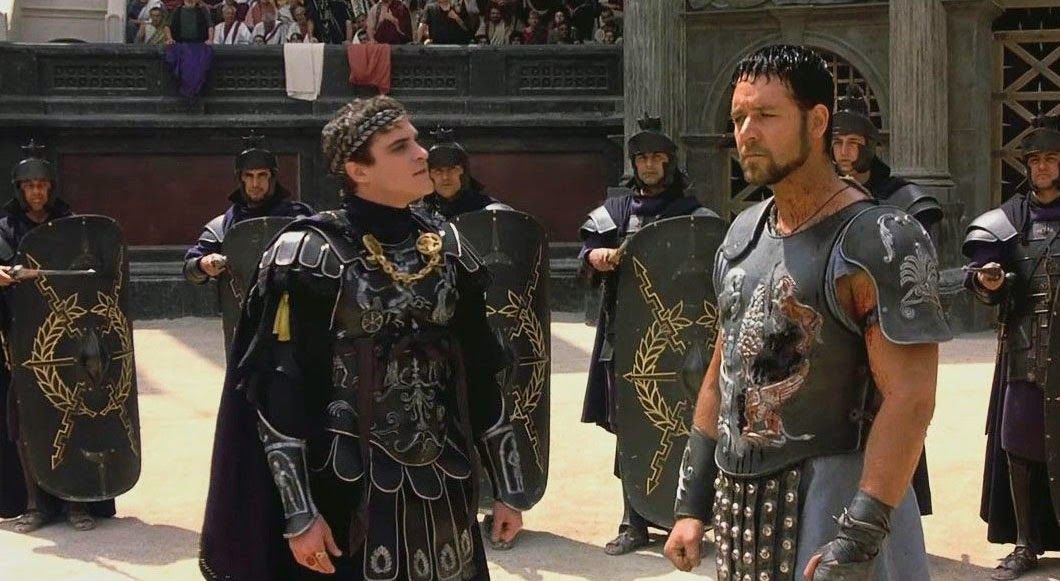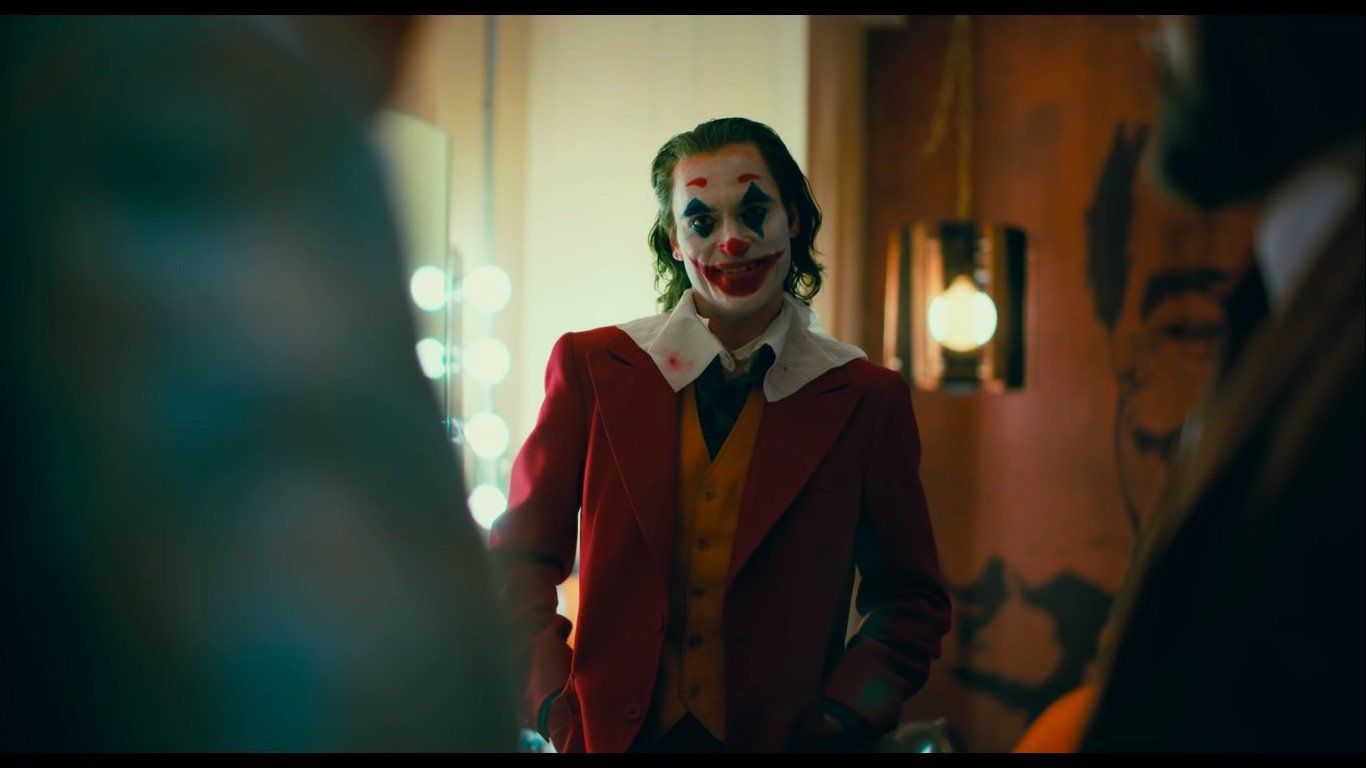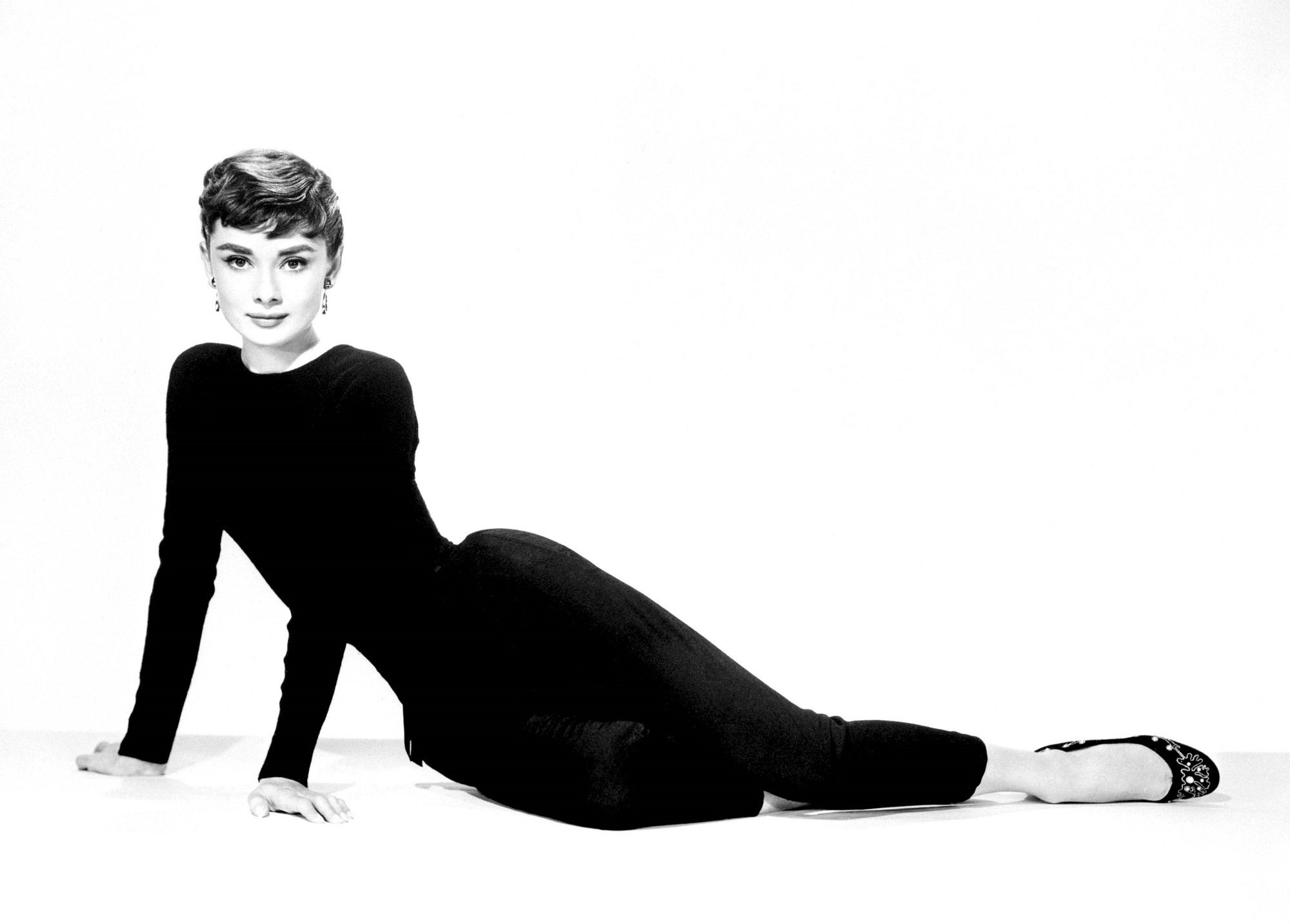
Ah, the 1960s—a decade pulsating with vibrant changes, profound cultural shifts, and a veritable treasure trove of cinematic gems that continues to fascinate and inform us. While the spotlight often fixes its gaze on the blockbuster hits and the legendary stars whose names became synonymous with the era, there exists a deeper, richer vein of talent: a collection of captivating actresses who graced the silver screen with their unique artistry and undeniable charm, yet somehow, their names do not quite roll off the tongue with the same familiarity. It is a curious Hollywood paradox, where immense talent and significant on-screen presence can, for various reasons, become overshadowed by the relentless churn of celebrity.
Today, we embark on an appreciative journey to rediscover these lesser-known yet utterly compelling figures. We are not merely talking about actresses who had a moment; we are delving into the careers of women whose performances carried depth, wit, and a groundbreaking spirit, but whose paths diverged from the well-trodden road to lasting icon status. Their stories offer a fascinating insight into the fickle nature of fame, the challenges of navigating a rapidly evolving industry, and the personal choices that often define a legacy beyond mere box office receipts.
We aim to provide an insightful and critical analysis of their work, exploring the cultural significance and historical impact of their contributions. Each actress we discuss brought something singular to her roles, whether it was an ethereal beauty, impeccable comedic timing, versatile range, or a willingness to challenge conventions. It is time to pull back the curtain and ensure these brilliant women receive the thoughtful commentary and enduring appreciation they so richly deserve.
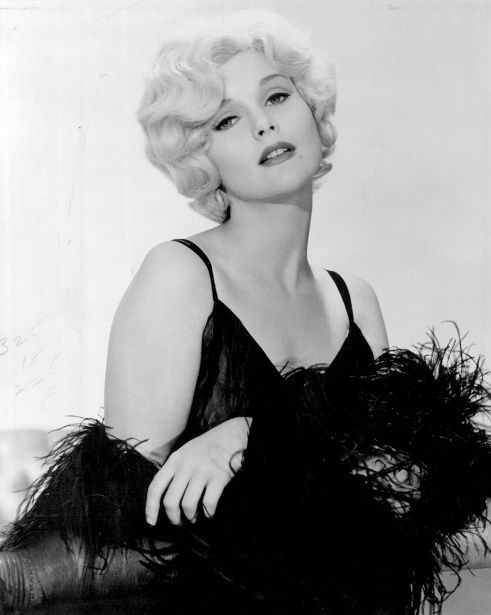
1. **Carol Lynley**Carol Lynley, with her ethereal beauty and captivating presence, brought a touch of mystery to every role she played. Her performances often carried a depth that hinted at untold stories beneath the surface, elevating her beyond merely her striking looks. Known for her work in “The Poseidon Adventure,” Lynley’s contribution to disaster epics made her a familiar face, with her wide – eyed innocence and compelling performances captivating audiences.
What made Lynley truly enigmatic was her ability to infuse vulnerability with strength, an unusual combination that endeared her to audiences. Whether playing a damsel in distress or a woman of resilience, Lynley’s on – screen aura was always nothing short of mesmerizing. Her distinctive voice and expressive eyes enabled her to portray characters with notable depth and vulnerability, solidifying her status as a versatile actress throughout the 1960s.
Lynley transitioned from modeling to movies, making a quiet splash with “Blue Denim.” However, the very qualities that made her appealing—her soft voice and gentle presence—also, somewhat paradoxically, restricted her. As the years passed, the “girl next door” tag, which had defined her initial appeal, did not fade, and the weightier roles that might have challenged and expanded her cinematic persona simply ceased to come.
Her appeal extended beyond the big screen, as she graced numerous magazine covers, becoming a symbol of ’60s glamour. Despite her continued work in television and film through the 1990s, albeit less frequently, her name often remains just out of our reach when recalling the era’s luminaries. Carol Lynley passed away in 2019, leaving behind a legacy of over 100 film and television appearances, a testament to a career that, while not always in the brightest glare of the spotlight, was remarkably prolific and deserving of deeper remembrance.
Read more about: Forgotten ’60s Icons: Can You Name These Stars Only a True Boomer Remembers?

2. **Paula Prentiss**With a flair for comedy that was both refreshing and infectious, Paula Prentiss carved out a distinctive niche for herself in the comedy genre. Her impeccable timing and charismatic energy made her a standout in films like “Where the Boys Are” (1960) and “The Stepford Wives,” proving that sometimes, laughter truly is the best medicine. Her unique presence in 1960s cinema, marked by her distinctive voice and comedic timing, resonated deeply with audiences.
Prentiss’s charm lay in her ability to make comedy seem utterly effortless. Her delightful performances were a testament to her inherent skill, demonstrating a natural comedic talent that often felt spontaneous and authentic. In a world where comedic performances can often feel forced or over-rehearsed, Prentiss was a breath of fresh air, making audiences laugh with just a raise of her eyebrow or a perfectly delivered line.
Despite being acclaimed for her tall stature and expressive delivery, Prentiss rarely headlined films. While her comic timing certainly lit up movies like “Where the Boys Are,” Hollywood primarily cast her as a sidekick, a pattern that limited her perceived range and star potential. Critics consistently recognized her unique contributions, but the broader industry often struggled to position her as a leading lady.
Ultimately, a breakdown in the late 1960s tragically halted her momentum entirely, causing her to step back from regular film work in the 1970s. However, Paula Prentiss occasionally returns for special projects, and now in her 90s, she lives a quiet life in Los Angeles with her husband, actor-director Richard Benjamin. Her contributions remain a delight to watch, showcasing a comedy queen whose effortless humor left an indelible mark.
Read more about: Calling All Cinephiles: How Many Of These 15 Iconic Films From 1974 Have You Actually Seen?
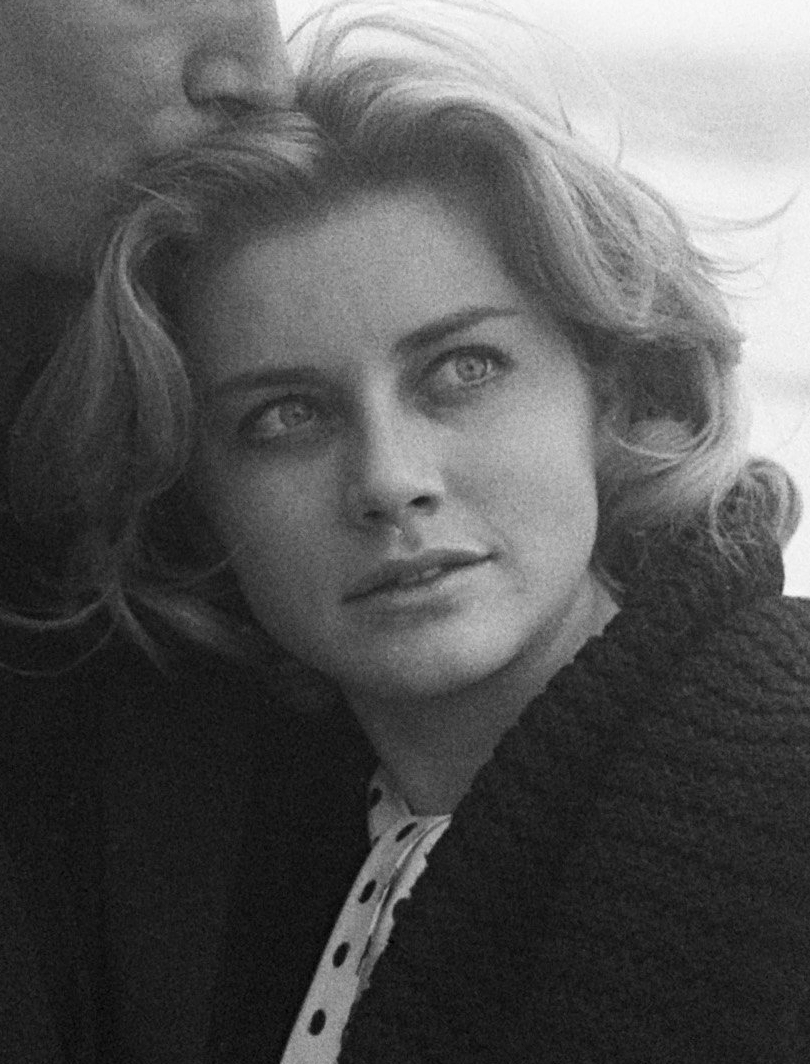
3. **Dolores Hart**Dolores Hart was more than just an actress; she was a force of nature who made a truly unique mark on Hollywood before an astonishing career pivot. With roles that spanned from romantic leads to dramatic heroines, Hart showcased an impressive range, proving her versatility and depth. Dubbed “the next Grace Kelly,” she starred opposite Elvis Presley and other major names, building serious momentum in Hollywood’s elite circles.
Hart’s versatility on screen was matched by her off-screen journey, which arguably became her most enduring legacy. At the height of her promising career, at just 24, she made headlines by shocking the industry: she abandoned her burgeoning stardom to become a Benedictine nun. This decision adds an extraordinary layer of intrigue to her story, making her one of the most fascinating figures of her generation.
Her ability to portray a wide array of characters with authenticity and grace is a testament to her enduring talent, and her unique life path transcends her filmography. She balanced fame and faith in a way few others have, leaving behind a legacy that continues to inspire awe and curiosity. Her story represents one of cinema’s most dramatic career pivots, trading potential superstardom for spiritual devotion.
Today, she is known as Mother Dolores Hart and remains at the Abbey of Regina Laudis in Connecticut, where she has resided for over 50 years. Her commitment to her faith has not entirely severed her ties with the cinematic world, as she occasionally consults on film projects. Hart’s remarkable journey from a dazzling Hollywood starlet to a dedicated nun offers a compelling narrative of personal conviction triumphing over conventional ambition, underscoring that true impact can be found far beyond the glare of the silver screen.
Read more about: Cristiano Ronaldo’s Legendary Lifestyle: The Unrivaled Career Powering an Iconic Supercar Collection

4. **Pamela Tiffin**Pamela Tiffin was a true style icon of the 1960s, known not only for her impeccable fashion sense but also for her striking features and undeniable screen presence. Her roles in films like “One, Two, Three” and “The Pleasure Seekers” demonstrated her flair for both comedy and drama, showcasing a remarkable versatility that positioned her as a promising talent of the era.
Tiffin’s ability to switch effortlessly between genres was a clear indicator of her range, while her fashion-forward looks made her a recognized trendsetter. She exuded charm and a playful spirit, making her a favorite in comedies, where her natural comedic timing was always perfectly matched by her striking beauty. Her performances were often a visual treat, blending undeniable talent with captivating elegance.
Critics admired her performances in sophisticated films, noting her perfect combination of fashion sense and acting ability that could have propelled her to international icon status. Despite her rising fame in the 1960s, and her proficiency in multiple languages which could have been a significant asset in a globalizing film industry, studios consistently cast her primarily for her looks, rather than fully leveraging her linguistic and dramatic capabilities.
This limited framing eventually prompted Tiffin to make a significant career decision: she moved to Italy, where deeper and more varied roles awaited her, often allowing her to steal scenes with her inherent charm. However, she eventually chose to retire earlier than most stars who achieve true legendary status, contributing to her lesser-known status today. Pamela Tiffin’s charisma and style continue to inspire, proving that true elegance never goes out of style, even if her name occasionally slips the mind of casual fans.
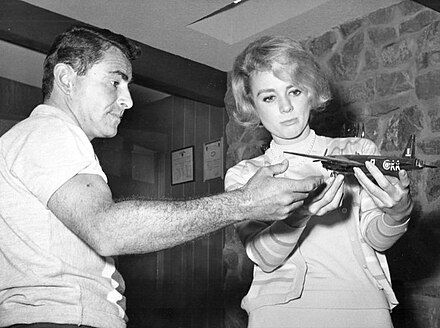
5. **Inger Stevens**Inger Stevens was a groundbreaking actress whose work challenged conventions and opened doors for future generations in an era often resistant to complex female portrayals. Known for her compelling roles in “The Farmer’s Daughter” and “Hang ‘Em High,” Stevens brought a level of authenticity to her performances that resonated deeply with audiences, establishing her as a serious talent.
Her ability to tackle complex characters made her a pioneer in her field. Stevens’s work was characterized by a profound willingness to explore difficult themes, a courageous approach that paved the way for more nuanced storytelling in cinema. She possessed a real presence on screen, as demonstrated forcefully in films like “The World, the Flesh and the Devil,” hinting at a depth that was not always fully exploited by Hollywood.
Despite her undeniable talent and the critical recognition for her authentic performances, Stevens’s career, unfortunately, never truly took off to the heights her early promise suggested. She seemed poised for greater stardom, but external factors and the industry’s often capricious nature prevented her from achieving the sustained iconic status she deserved. Her legacy as an actress who pushed boundaries remains a testament to her courage and immense talent, even if broader fame eluded her.
Tragically, her life and career were cut short in 1970, when news broke that Inger Stevens had died at just 35. Officially, it was ruled an accidental overdose, but whispers in the industry hinted at something more heartbreaking, underscoring the personal struggles that could shadow even the most brilliant performers of the era. Her premature passing left behind a powerful, yet incomplete, filmography that continues to be appreciated for its pioneering spirit and raw honesty.
Read more about: Maurice Tempelsman: Diamond Magnate, Political Powerhouse, and Jackie Onassis’s Enduring Companion
.jpg)
6. **Sue Lyon**Sue Lyon’s breakout, and arguably most defining, role in Stanley Kubrick’s controversial adaptation of “Lolita” (1962) catapulted her into the spotlight at the astonishingly young age of 14. This instantly made her famous overnight, marking an indelible entry into film history. Her mysterious beauty and enigmatic performances left a lasting impression, establishing her as a 1960s icon almost immediately.
Lyon had a unique ability to convey complexity and depth, often leaving audiences pondering long after the credits rolled. Her ethereal presence and captivating performances made her a memorable figure in 1960s cinema, capable of portraying multifaceted characters with a formidable skill that belied her youth. The portrayal of such complex characters at a young age demonstrated her formidable acting skills, cementing her status as a standout talent.
However, the very notoriety and unusual nature of her breakthrough role ultimately limited her conventional career options within Hollywood’s image-conscious system. The media’s intense fixation on her image, particularly after “Lolita,” made subsequent casting difficult, trapping her in a certain perception rather than liberating her to explore a wider array of roles. Her roles often carried an air of mystery, adding layers to her characters and keeping viewers engaged.
Despite appearing in several notable films throughout the 1960s, Lyon retired from acting in 1980 at the relatively young age of 34, choosing to live a private life away from Hollywood. While her personal life often overshadowed her career, Lyon’s performances left an indelible mark on cinema history. She passed away in 2019, leaving behind a complex legacy in film history, where her name, though etched into cinematic memory, might still escape casual fans.
Read more about: 14 of the Greatest Black Actresses Who Revolutionized Film History with Unforgettable Performances

7. **Tina Louise**Tina Louise is perhaps best known for her iconic role as Ginger Grant on the beloved television series “Gilligan’s Island,” a role that, while globally recognized, ironically overshadowed her extensive talents that extended far beyond the small screen. With a magnetic presence and an undeniable charisma, Louise captured the hearts of audiences in various film roles throughout the 1960s, showcasing a range that deserved greater acknowledgement.
Studios, however, began to see her predominantly as a comedic figure after the immense success of “Gilligan’s Island,” despite her early film resume boasting far more serious work. She had built a foundation with roles in “God’s Little Acre” (1958) and “The Hangman” (1959), demonstrating her capacity for dramatic depth. This early work highlighted a serious dramatic actress, but the sitcom’s image proved incredibly persistent, making it difficult for her to break free of typecasting.
Her ability to command the screen with her charm and poise made her a beloved leading lady, whose performances were a blend of elegance and allure, ensuring her a place in the annals of cinematic history. Yet, the persistent shadow of Ginger Grant meant that her broader contributions to film and television, which left a lasting impact, were often reduced to a single, albeit iconic, character.
Although she actively distanced herself from the sitcom, seeking more varied and challenging roles, its immense popularity made it nearly impossible to shed that image. Tina Louise’s career beautifully illustrates the double-edged sword of a breakout role: while it secures widespread recognition, it can also inadvertently limit an actor’s opportunities and obscure the full spectrum of their talent, making her a timeless icon who deserves to be remembered for her entire body of work.
Read more about: The Dragon’s Arsenal Unleashed: A Definitive Exploration of China’s Evolving Nuclear Strategy and Secretive Weaponry
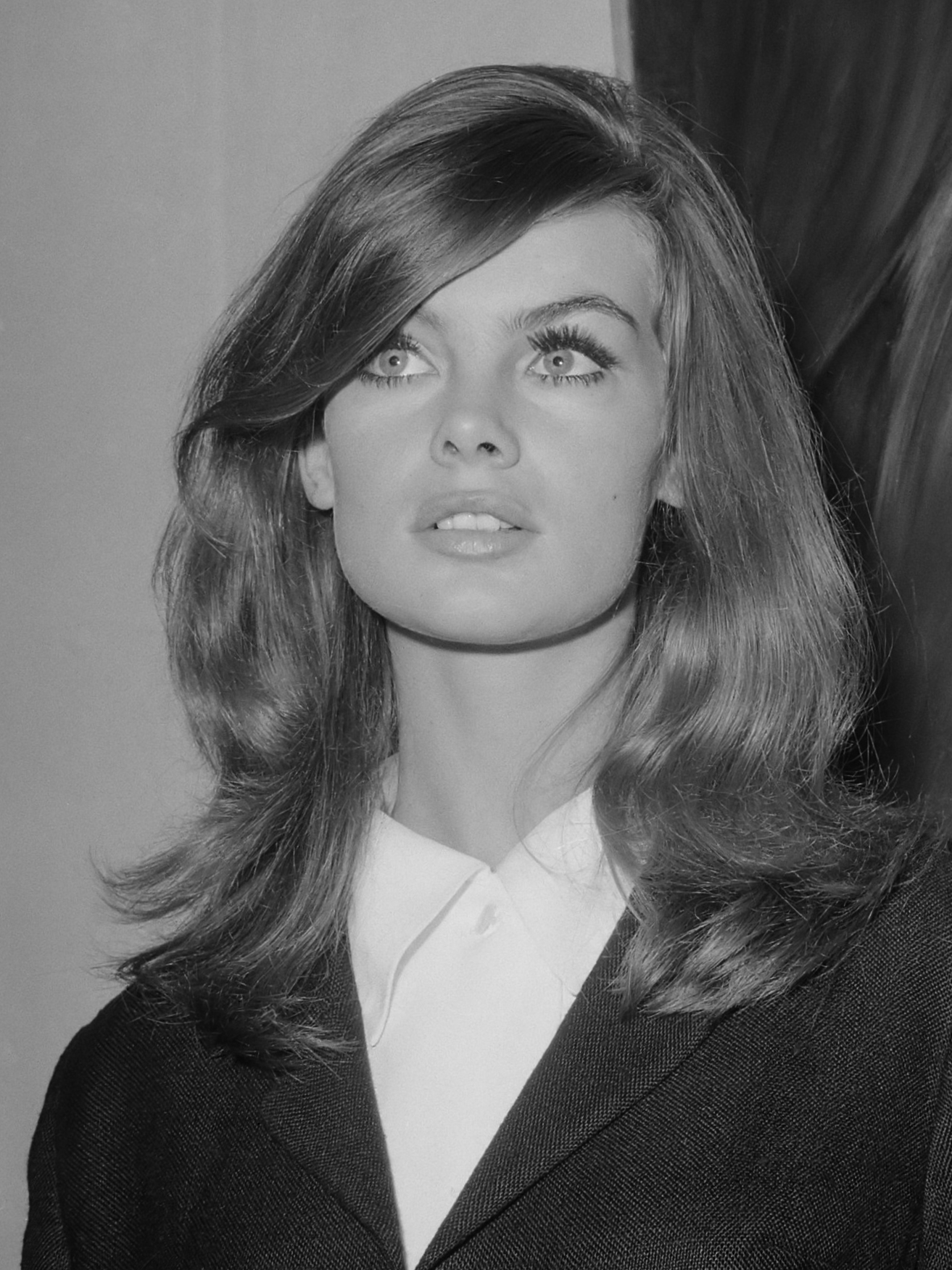
8. **Jean Shrimpton**The quintessential face of “Swinging London,” Jean Shrimpton was a cultural phenomenon whose iconic look defined an entire decade’s aesthetic, making her an enduring symbol of 1960s mod fashion and liberation. With her striking features and undeniable poise, she quickly became a bona fide supermodel, gracing countless magazine covers and capturing the free-spirited essence of an era characterized by fashion-forward individualism and youthful rebellion. Her image alone spoke volumes, catapulting her to global sensation status.
Shrimpton’s impact was profound; she transcended mere fashion. She embodied the aspirational look and attitude of millions, influencing trends globally. Her effortless elegance and natural charisma translated powerfully through the camera’s lens, whether in still photography or moving images, suggesting a formidable screen presence that hinted at cinematic potential far beyond the catwalk.
While primarily celebrated for her revolutionary influence on fashion, Shrimpton briefly dabbled in film, notably in the 1967 British drama “Privilege.” In this role, she offered audiences a glimpse of her acting capabilities, demonstrating a compelling screen presence that suggested a natural ease in front of a moving camera. It was a tantalizing hint of what might have been, showcasing a dimension to her talent not fully explored.
Had she pursued acting with the same intensity she brought to modeling, one can only imagine the heights she might have reached within Hollywood. It remains a fascinating “what if” in cinematic history, where an icon of style ultimately prioritized a different path, leaving her potential as a leading film actress largely untapped. Her story underscores how powerful personal choices can shape a public narrative, sometimes overshadowing cinematic contributions.
Read more about: Terence Stamp, Luminary of British Cinema and Iconic Villain, Dies at 87

9. **Tuesday Weld**Tuesday Weld, a Golden Globe-winning actress, possessed an almost defiant individualism that allowed her to carve a remarkable niche in 1960s cinema. She excelled at portraying edgy, often unpredictable and complex women, roles that set her apart in both prestigious dramas and cult classics throughout the decade and into the 70s. Her magnetic screen presence was undeniable, radiating a raw, natural talent that felt utterly authentic and refreshingly unconventional, bringing a distinctive intensity to every character.
Critics consistently lauded Weld for her singular artistry and her ability to bring compelling vulnerability to challenging roles. From “Wild in the Country” (1961) to “Lord Love a Duck” (1966) and her Oscar-nominated turn in “Looking for Mr. Goodbar” (1977), her performances were always noted for their depth and honesty. She was considered a “critics’ darling,” an actor’s actor, but this adoration didn’t always translate into the mass-market appeal that creates lasting icons in the broader public imagination.
The paradox of Weld’s career lies in this disconnect: immense critical respect versus a more elusive mainstream fame. She often seemed to dance just outside Hollywood’s brightest commercial spotlight, perhaps because her unique appeal was too nuanced or unconventional for the rigid expectations of the studio system. Her roles were often challenging and thought-provoking, rather than designed for universal box office appeal, showcasing a remarkable independence.
In a move that further solidified her enigmatic persona, Weld famously prioritized personal fulfillment over conventional stardom. She gradually stepped away from the industry in the 1980s, choosing a quieter, private life in Colorado. It’s widely known that she turned down numerous roles that could have cemented her as an even bigger star, including lead parts in films like “Bonnie and Clyde.” Her choices highlight how personal agency can profoundly shape a career’s trajectory, even at the cost of enduring celebrity.
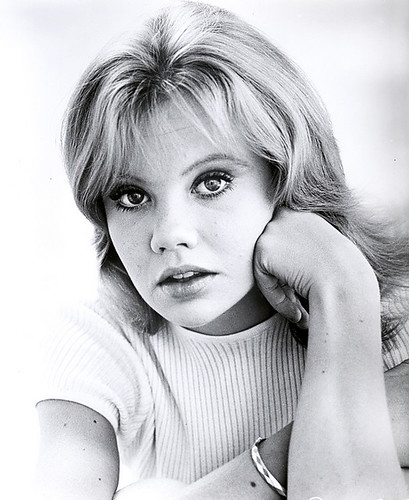
10. **Hayley Mills**As Disney’s beloved “golden child,” Hayley Mills enchanted audiences worldwide with captivating performances in iconic films like “Pollyanna” (1960) and “The Parent Trap” (1961). Her delightful innocence and genuine warmth resonated deeply, swiftly establishing her as one of the most successful child actors of the 1960s. She garnered critical acclaim, including a special Academy Award, and quickly became a household name, seemingly destined for a seamless transition into adult leading-lady status.
However, the very success that defined her early career also presented unique challenges. Like many child stars, Mills struggled to shed her wholesome, G-rated image as she matured and Hollywood’s tastes evolved rapidly towards more complex narratives. The industry’s shifting landscape, coupled with her strong association with family-friendly fare, created an uphill battle in finding roles that would allow her to explore a more nuanced range.
The immense popularity of her Disney films, while foundational, ironically created a persistent shadow, making it difficult for audiences and casting directors to see her beyond the vivacious, innocent characters she expertly brought to life. Her early success, therefore, paradoxically promised decades of adult Hollywood stardom that, in its most mainstream form, never quite materialized, leading to her name being less frequently recalled among the era’s adult icons.
Despite these transitional hurdles, Mills demonstrated an enduring passion for her craft, continuing to act prolifically in British films and television. She found varied roles that showcased her evolving talent and artistic spirit beyond the initial Disney glow. She still performs occasionally on stage and screen, and recently shared her fascinating career journey in a memoir, “Forever Young,” proving that her legacy, though not always in the brightest Hollywood spotlight, is rich and deserving of deeper exploration.
Read more about: Whatever Happened to the Iconic Child Stars of the 1960s? From Red Carpet to Unforgettable Journeys
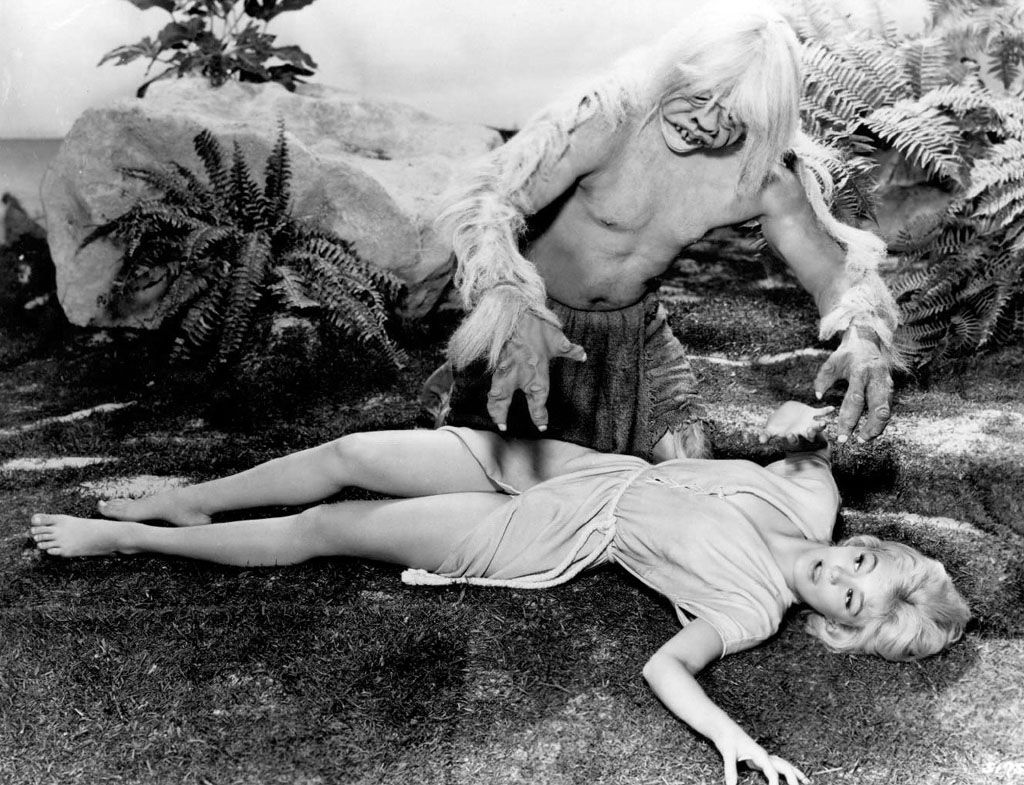
11. **Yvette Mimieux**Yvette Mimieux, a striking ingénue of the 1960s, burst onto the Hollywood scene with unforgettable roles in sci-fi classic “The Time Machine” (1960) and the quintessential “Where the Boys Are” (1960), quickly earning Golden Globe recognition. Her ethereal beauty, sensitive performances, and undeniable charm captivated audiences, leading to heavy studio promotion that confidently positioned her as “the next big thing.” For a time, it seemed Hollywood had found its new golden girl, investing significantly in her trajectory toward major success.
Mimieux’s unique screen presence blended delicate vulnerability with surprising strength, allowing her to stand out in a crowded field of talented actresses. She became a beloved figure, particularly among younger audiences, and her roles often explored themes of youthful independence. Her early performances were lauded for their sincerity and ability to convey deep emotion with subtlety, hinting at a remarkable depth beyond her striking looks.
Yet, despite this strong early push, Mimieux’s career momentum gradually dissipated due to a series of uneven projects that didn’t consistently showcase her full range or further elevate her profile. This illustrates the often-fragile nature of Hollywood stardom, particularly in its crucial early stages, where even immense talent and significant backing can be derailed by less-than-ideal role choices or strategic missteps. Her potential was not always matched by the vehicles she was given.
After a prolific career spanning several decades, Mimieux eventually retired from acting in 1992, choosing to channel her multifaceted talents into new ventures. She successfully transitioned into a businesswoman, operating a company that sold Haitian products and pursuing a keen interest in anthropology. Her journey exemplifies how some artists find profound fulfillment outside the entertainment industry, leaving behind a legacy not solely defined by box office receipts, though her passing in 2022 was a loss to those who admired her distinctive presence.
Read more about: Forgotten ’60s Icons: Can You Name These Stars Only a True Boomer Remembers?

12. **Senta Berger**Senta Berger, an accomplished Austrian actress, commanded immense respect and admiration in European cinema throughout the 1960s and beyond, cultivating a formidable reputation for sophisticated performances and an undeniable, elegant screen presence. Fluent in multiple languages, she gracefully navigated productions across Germany, France, Italy, and England, becoming a truly pan-European star. Her international appeal was always palpable, making her a formidable figure in global cinema.
While her primary artistic focus remained across the Atlantic, Berger occasionally crossed over into Hollywood productions, leaving a notable, if less sustained, impression on American audiences. She worked with prestigious directors and acclaimed co-stars in films like “The Secret Ways” (1961) and “The Quiller Memorandum” (1966), demonstrating her versatility and capacity for complex roles within the English-speaking market. These appearances placed her squarely on the verge of broader international recognition.
Berger earned multiple prestigious award nominations and accolades in her home countries, solidifying her status as a leading European star whose talent was widely acknowledged across the continent. She possessed the looks, talent, and versatility to break through any language or cultural barrier, yet the persistent challenges of Hollywood’s often insular studio system meant she never quite achieved the ubiquitous global appeal and iconic status of her most famous American contemporaries.
Ultimately, her career trajectory highlights the often-stark differences in industry dynamics and promotional efforts between European and American cinema at the time. Despite her undeniable talent and numerous memorable performances, Senta Berger remained predominantly a European star, a testament to how difficult it was for even highly acclaimed foreign stars to fully conquer Hollywood’s mainstream and secure a permanent place in its pantheon of legends.
Read more about: Unpacking the Giants: A Definitive Exploration of the Longest Words in the English Language

13. **Britt Ekland**The captivating Swedish beauty, Britt Ekland, made a significant and indelible splash in multiple films throughout the 1960s, quickly becoming a recognizable face in international cinema. Her striking looks, undeniable charisma, and effortless glamour resonated deeply with audiences, embodying a certain European allure that proved irresistible. She later cemented her place in pop culture history as a memorable Bond girl in “The Man with the Golden Gun” (1974) and became a cult favorite through other distinctive roles in the subsequent decade.
Ekland enjoyed distinct flashes of international fame, often amplified by high-profile relationships with prominent figures and a fair share of tabloid attention that kept her name consistently in the news. This pervasive media presence, coupled with her captivating screen persona, strongly suggested that major, sustained stardom was well within her grasp. She seemed poised to become a household name not just through her acting roles but also as a pervasive celebrity figure.
Despite her undeniable screen presence, consistent media spotlight, and prolific work across various genres, Ekland never quite achieved the sustained Hollywood success or the enduring iconic status of her most famous contemporaries. While she worked consistently and had memorable roles, her career didn’t consistently translate into the kind of top-tier leading parts or widespread critical acclaim that would have secured a permanent place in Hollywood’s pantheon of legends. Her roles, though impactful, were sometimes overshadowed by her celebrity persona.
Her journey through the entertainment industry is a compelling illustration of how fleeting fame can be, and how external factors—like relentless media scrutiny or a lack of consistent, powerful leading roles—can impact a promising career. Britt Ekland remains a dazzling figure from her era, a vibrant presence whose contributions, though perhaps not always securing a spot in the most hallowed halls of Hollywood, are richly deserving of remembrance and appreciation for the unique light she brought to the silver screen.
Read more about: 21 Horror Masterpieces: The Absolute Best Films That Still Terrify Today
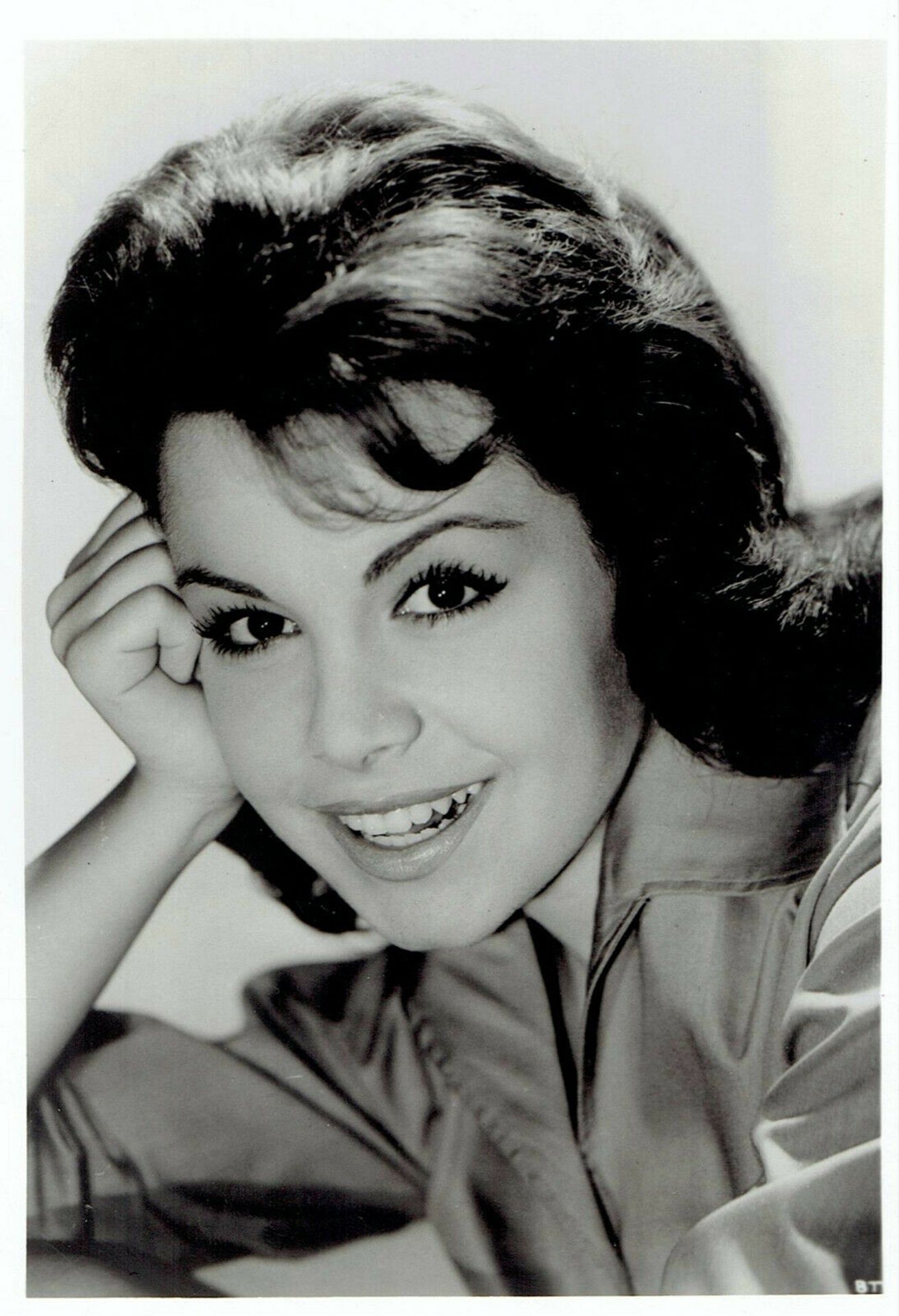
14. **Annette Funicello**From her cherished beginnings as a beloved Mouseketeer on Walt Disney’s iconic “The Mickey Mouse Club” (1955-1959), Annette Funicello blossomed into a wholesome teen idol who effortlessly transitioned to the big screen. She achieved iconic status starring in the wildly popular “beach party” films alongside Frankie Avalon, personifying the carefree spirit of a generation. Her enchanting voice, wholesome beauty, and undeniable brand appeal made her a sensation throughout the late 1950s and 1960s, a true cultural touchstone.
Funicello’s wholesome image and consistent popularity strongly suggested she was destined for multi-decade film stardom, much like other successful Disney graduates. She was a genuine cultural phenomenon, and her trajectory seemed perfectly aligned for long-term adoration and mainstream success, possessing all the ingredients for enduring celebrity. Her fan base was immense, loyal, and enthusiastic, seemingly guaranteeing her continued prominence.
However, a combination of deeply personal health challenges, most notably her eventual diagnosis with multiple sclerosis in 1987, and the rapidly changing pop culture trends of the later 1960s and 70s ultimately kept her from reaching that anticipated next level of cinematic legend. The shift from innocent beach movies to grittier, more complex narratives meant audience tastes evolved away from the genre she championed.
Despite these significant hurdles and the cruel hand of fate, Annette Funicello remained an incredibly beloved cultural figure throughout her life. Her genuine warmth, enduring resilience, and unwavering optimism continued to inspire millions, even as her health declined. Her story powerfully highlights how deeply personal circumstances can alter a star’s path, even one so seemingly charmed, yet her legacy as a symbol of American innocence and joy remains profoundly impactful and cherished by generations.
Read more about: Forgotten ’60s Icons: Can You Name These Stars Only a True Boomer Remembers?
As we close this appreciative journey through the careers of these extraordinary actresses of the 1960s, it becomes abundantly clear that the landscape of Hollywood fame is as complex as it is captivating. Each of these women—from the fashion icon who chose a different path, to the child star grappling with an evolving image, from those whose European success didn’t quite translate fully to Hollywood, to those whose personal journeys diverted them from conventional stardom—gifted cinema with indelible performances and left a significant cultural footprint. Their stories serve as compelling reminders that while the spotlight may shift and collective memory can sometimes fade, true talent and significant artistic contributions echo through time, patiently awaiting renewed appreciation. It’s time to remember, to celebrate, and to truly see these luminous artists for the groundbreaking, compelling, and often unsung figures they truly were.


